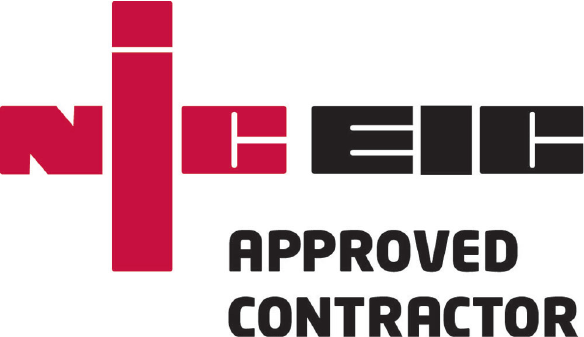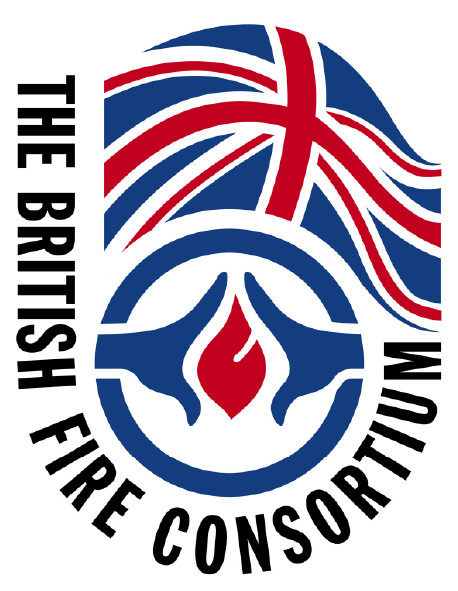Why do we need to test our Fire Alarms?
Fire Protection systems must be fully operational 24 hours a day, 365 days a year. Servicing Fire Alarm Systems is just as important as installing them in the first place and is a legal requirement.
Fire Alarm testing is essential to ensure that the system is in full working order and is a requirement under BS 5839-1:2017
Quarterly for systems with lead acid batteries otherwise 6 monthly (periodic) and annually. A more frequent service schedule may be put in place if the responsible person or service engineer feel that it is required.
Both periodic and annual tests are the same as the annual test but on the periodic inspection you only have to test one detector or manual call point from each Zone/Loop and on an annual test all detectors and call points are to be tested. On each subsequent periodic test a different detector or call point should be tested from the previous years, for this reason on a periodic test it is advisable to list which detector or manual call point has been tested.
- Inspecting log book
- Visually inspecting any structural or occupancy changes to assess whether changes to the fire alarm system are required
- Checking false alarm records
- Battery checking and testing
- Checking and testing of control panel functions
- Testing of fire alarm devices
- Checking automatic transmission of alarm signals to an alarm receiving centre (ARC)
- Checking and testing of all fault indicators and circuits
- Testing of printers
- Other checks and tests recommended by the manufacturer
- Reporting of outstanding defects
- Completing log bookIssuing servicing certificate
- Testing of the switch mechanism of every manual call point
- Examining and testing of every automatic fire detector
- Visual and audible testing of all fire alarm devices
- Replacement of filament lamps
- Checking of radio fire detection and fire alarm system signal strengths
- Visual inspection of readily accessible cable fixings
- Checking of the cause and effect programme
- Checking of the standby power supply capacity
- Other annual checks and tests recommended by the system component manufacturers
- Reporting of outstanding defectsIssuing the servicing certificate
There are 3 different types of smoke detectors:
Optical – work on the principal of infra red light refracting off smoke particles entering the chamber. This makes the detectors more sensitive to smouldering fires such as modern fabrics or furnishings. Also more prone to false alarms from steam or dusty environments.Testing of the switch mechanism of every manual call point
Beam Detectors – works as an infra red beam is emitted from the transmitter (TX) to the receiver (RX), which detects any obstruction by smoke.
Ionisation – works on the principal of charred smoke particles passing between two electrodes causing a small current flow. This detector is more suited for fast flaming fires such as paper/wood. Also more prone to false alarms from burning smells outside kitchens etc.
There are 2 types of heat detectors:
Rate of rise – these detectors will respond to a sudden increase in temperature and also have a fixed element in case of a slow smouldering fire. Most suitable for areas where is a smoke detector is undesirable i.e. a staff room.
Fixed temperature – have a sensing element which operates the detector when a particular temperature is reached. This type of detector is ideal for rooms where a rate of rise detector would not be suitable such as a kitchen or a boiler room.
Costs will depend on the type of building and the number alarm points and heat and smoke detectors to be tested and whether testing takes place while the building is manned or vacant.












